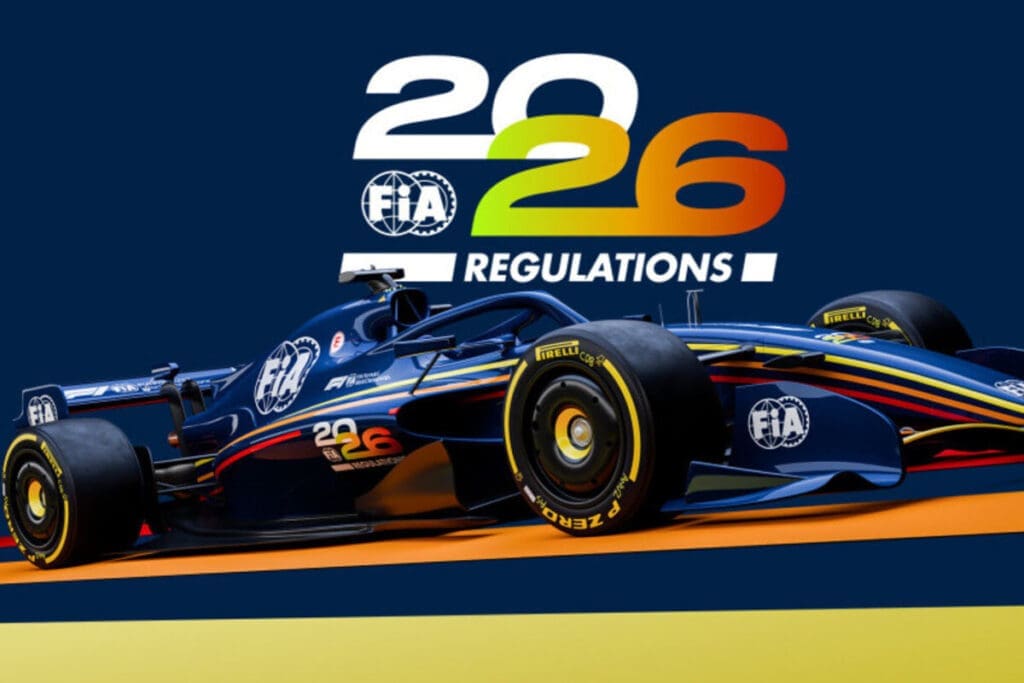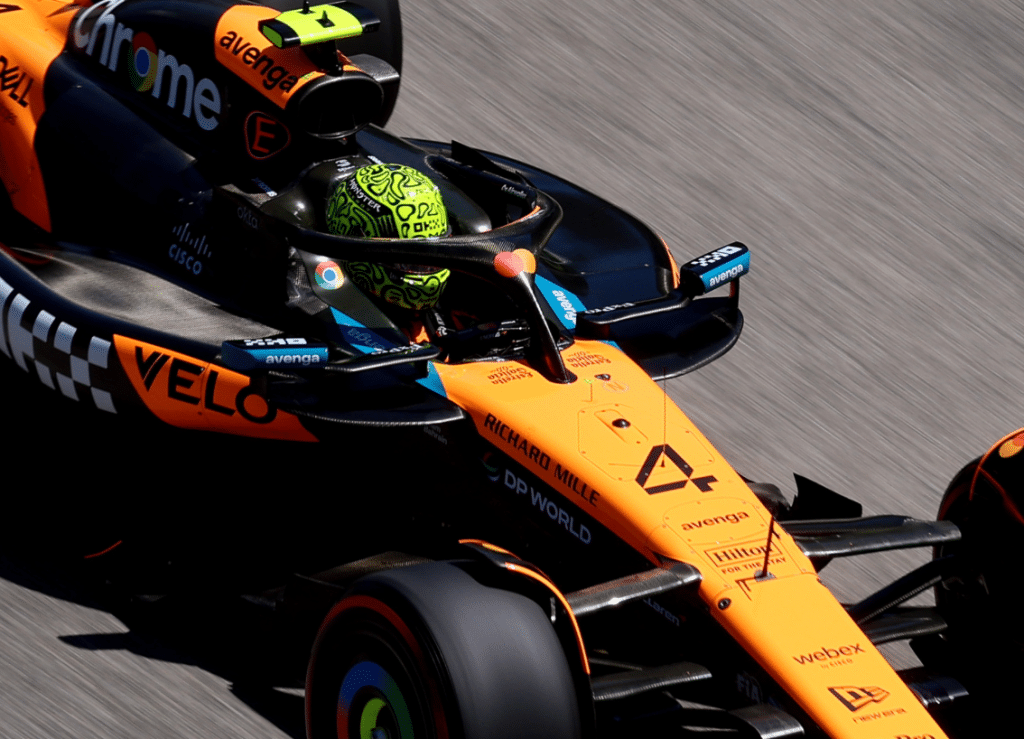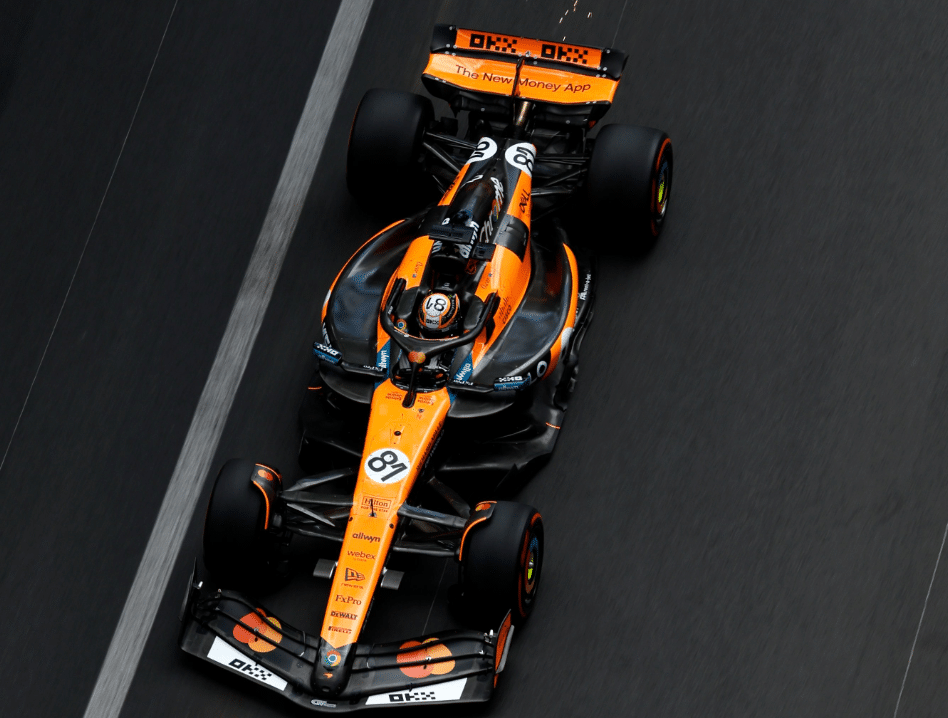The FIA targets the hot topic of tyre cooling: all forms of thermal management banned from 2026. McLaren under scrutiny?
The FIA has officially announced a major update to the 2026 technical regulations, closing one of the most debated and controversial loopholes in recent seasons: tyre cooling. The revised Article 10.8.3 now explicitly prohibits any system, device or procedure aimed at heating, cooling, or maintaining the temperature of not only tyres, but also complete wheels, hubs, and brakes.

End of creative interpretations
Until now, the rules only banned devices used to heat or maintain tyre temperatures, leaving a grey area regarding cooling systems. This regulatory gap led to suspicions, protests, and borderline engineering, with McLaren—according to rival teams—suspected of exploring methods to lower tyre temperatures during races or qualifying sessions without formally breaking the rules.
From 2026, that loophole is gone: cooling will be banned outright, just like heating. This long-awaited move follows months of suspicion and testing data that raised red flags during the current season.

Sealed suspension fairings and limited airflow
Alongside the Article 10.8.3 update, the FIA has introduced another key measure: suspension fairings must be sealed internally, preventing any airflow toward the rims that could be used for indirect cooling.
The objective is crystal clear: all thermal management must be passive, relying solely on the natural airflow generated by the car’s motion.
Heading towards a new technical balance — Mercedes back on top?
The 2026 season will bring a full technical revolution, with new hybrid power units (50% electric, 50% combustion), active aerodynamics, and resized tyres, already tested recently in Barcelona. Early signs suggest Mercedes could emerge as the biggest winner — just like in 2014 — thanks to its historical strength in adapting to new engine regulations.
Photo: FIA, McLaren

